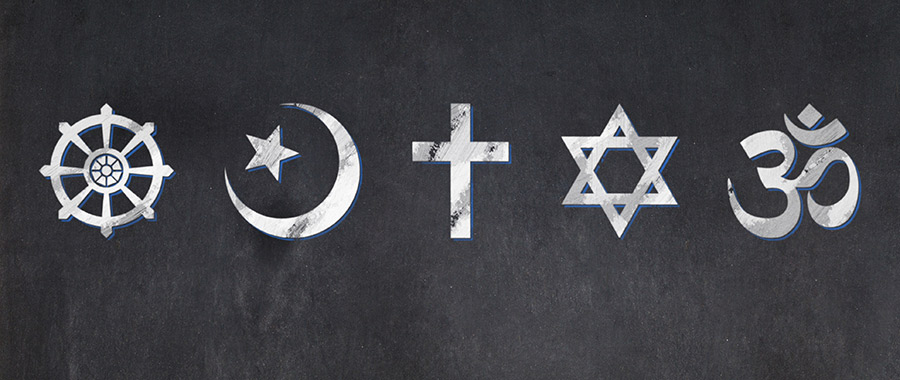AT is known for its diversity and often boasts that its students come from a plethora of backgrounds, speak an abundance of languages, and hold a diverse pool of beliefs. Something I don’t hear spoken about quite as often, however, is the huge pool of religions that AT’s students practice.
Something I’ve been grateful to encounter while at AT is the opportunity to surround myself with a religiously diverse group of friends. I’ve met Hindus, Muslims, Christians, agnostics, Atheists, Buddhists, and Jews. As someone who went to a small Christian school for most of my life and am passionate about my faith, I love talking about religion with people from different groups.
At AT, I have accumulated a deal of knowledge about other religions because of my desire to learn from the people around me. However, not everyone has this same desire. Most students and staff at AT typically have almost no idea what the people around them believe.
This is a problem in my opinion. Religion contains many people’s deepest values and having at minimum a basic understanding of someone else is huge from a standpoint of respect.
The only times I remember learning about religion in high school were briefly during government class, where my religion was not taught about correctly, and freshman year during human geography. During human geography, we spent maybe a day on the five big religions and did a matching activity. I remember the kids in front of me talking to each other, clueless about which religion should match with “believe Jesus Christ died for them and is their Savior.”
It wasn’t a big deal at all, but I remember being surprised about how little knowledge people had about Christianity.
Ignorance about religion often causes a lot more problems, however. I have spoken to Muslim friends who have told me stories about walking into mosques covered in graffitti or taking criticisms and allegations of being “dangerous people,” despite practicing a peaceful religion. As a Christian, I’ve been mocked and disrespected by people who wrongly take Christianity to be a homophobic or sexist religion.
In short, when people don’t know about religious beliefs or hold strong misconceptions, it leads to intolerance and discourages diversity.
I think that a world religions class or portion of curriculum would be extremely beneficial in solving this problem because many of our teachers, despite being very knowledgeable about their subjects, don’t know enough about other religions to adequately teach them to students with no prior knowledge at all. Shoving religion into a small section of a course that only loosely relates to it doesn’t get the job done.
I did have the privilege of taking world religion in middle school because I went to a religious school and it was one of the most useful classes I have ever taken. To this day, I remember what it taught me about various religions and the specifics of their beliefs, sects, and customs.
The class has not only helped me understand the people I meet each day, but also has given me a larger worldview. Each religion is entirely complex and deserves to be taught and understood, as well as allocated sufficient time to be taught in its entirety. One religion can not be explained well enough with only a few minutes of instruction.
We need to consider adding religion as a larger chunk of our curriculum at school or making it a class altogether and it is imperative that we have teachers who understand the subject matter thoroughly. Religion is just as important as every other aspect of diversity.


